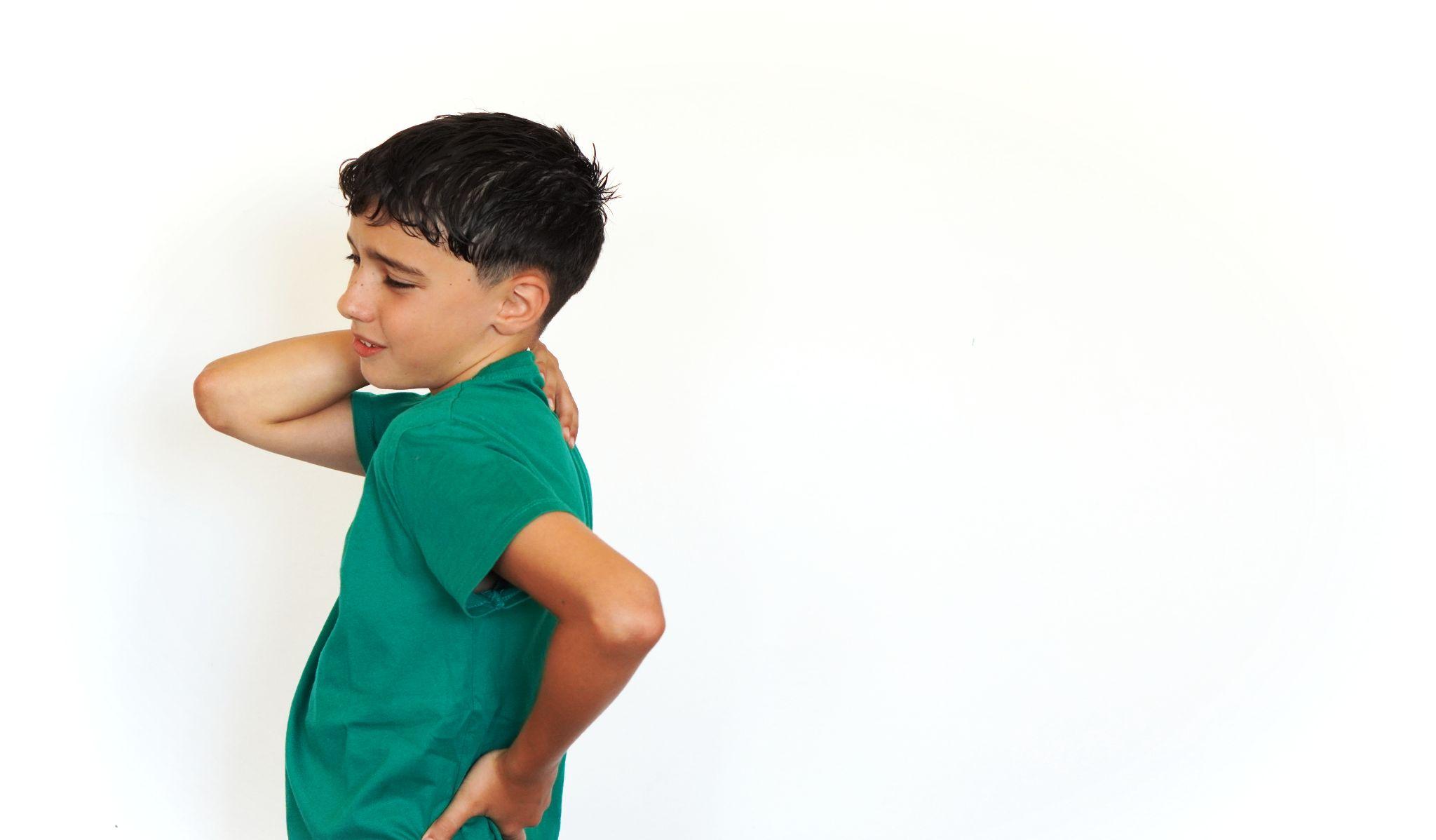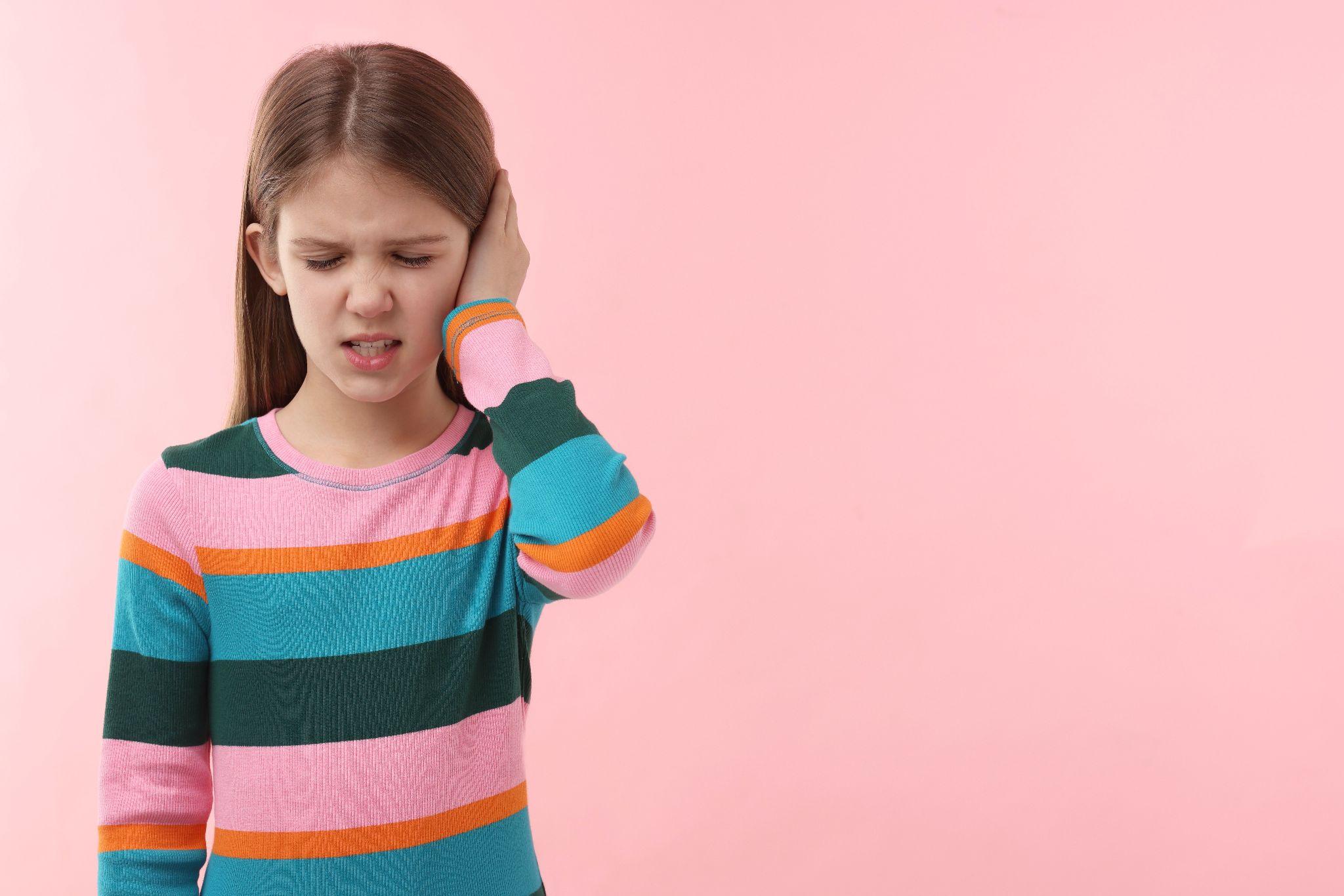Growing Pains vs Serious Orthopedic Conditions in Children: Signs, Differences & When to Worry

Growing pains usually affect the muscles (not joints) of the legs, such as the calves, thighs, or behind the knees, while orthopedic conditions often involve pain directly in the joints or bones.
Parents are worried when the child reports pain in the legs or joints, especially during the growth stage. Though in such situations, pain is always innocuous and a part of growth, in some instances, it can also be a sign of some underlying orthopedic pathology that requires treatment.
"Growing pains" is the informal name for recurrent pain in the legs of otherwise normal children, most commonly occurring later in the afternoon or early evening. It does not happen in all normal growing pains, however. There needs to be a distinction between innocent growing pains and acute bone or joint disease so that prompt diagnosis and treatment can be delivered.
This article will inform you of the cause, symptoms, warning signs, and treatment of growing pains, and when to seek medical assistance.
What are Growing Pains?
Growing pains is a self-limiting disorder that affects the age group of 3-12 years very frequently. The pain is mainly localized in the legs, thigh, calf, or posterior knees and tends to appear simultaneously in both limbs. The only differentiating feature is that the pain tends to happen in the evening hours or at night, with some nocturnal sleep interruption, but settles in the morning.
In contrast to injury or sickness, growing pains do not present with any swelling, redness, fever, or limping. The same game of playing, walking, and daily activity will be resumed by children as soon as the pain stops. Such pains are typically aching, dull pains rather than stabbing, localized pains.

If a child’s pain is accompanied by swelling, redness, or warmth in the joints, it may indicate a more serious orthopedic condition.
Why Growing Pains?
The reason for growing pains is unknown, but there are growing pains. One of them is that as kids age, their bones develop more rapidly and strain the muscles and tendons that encircle the bones, resulting in pain, primarily after an active day.
Kids who do excessive physical labor, jumping, or running will be most likely to suffer from these aches due to muscle fatigue. Hyperextensibility is another cause, where joints are excessively loose and thus place additional stress on muscles and ligaments.
Flatfoot (pes planus) or posture defect can cause biomechanical stress in certain cases, and this will simulate or exacerbate growing pains. A significant observation is that growing pains do not precede inflammation, infection, or any inherent bone disease.
Symptoms of Normal Growing Pains
With awareness of the actual nature of growing pains, parents can make the decision of when to panic and when not to panic. The pain occurs in both legs simultaneously (bilateral pain) and may be relieved by a warm massage, heat, or rest. The child will wake up in the morning feeling pain-free and will be able to make it through the day without stiffness or limping.
One of the characteristics is that growing pains never occur with morning stiffness or swelling. Overall, the child's health is normal; no fever, weight loss, or change in appetite is reported. These symptoms distinguish benign growing pains from serious medical illnesses.

Growing pains usually appear after an active day, but don’t cause limping, while orthopedic issues may cause persistent pain even at rest or while walking.
When Pain Is NOT Growing Pains: Warning Signs of Serious Orthopedic Issues
While benign and exceedingly frequent, growing pains may have red-flag characteristics requiring attention from a physician. If it is unilateral in a single joint or one leg, as differentiated from both, then it may be an illness or a trauma. Persistent heat, redness, or swelling over the joints, as differentiated from growing pains, should raise suspicion of inflammation or infection.
Pain occurring in the daytime after rest or pain that creeps up over time is a red flag. Children who limp, won't walk, or won't play might have something wrong.
Additional red flags include fever, unintentional weight loss, night sweats, or pain following trauma or a fall. These are due to infections, inflammation, or, less commonly, more severe systemic illness.
Aching Orthopedic Disorders That May Imitate Growing Pains
Orthopedic and medical conditions with joint or leg pain can mimic growing pains, so diagnosis is very important.
Morning stiffness, swelling, and pain that occur as a result of chronic inflammation in the joints from Juvenile Idiopathic Arthritis (JIA) are not periodic pain like in growing pains, but rather worsen without treatment.
Slipped Capital Femoral Epiphysis (SCFE) is a hip disorder in teenagers where the thigh bone slips away at the growth plate resulting in hip or knee pain and limping.
Stress fractures result from repetitive overuse in physically active children with localized pain and tenderness on use.
Osteomyelitis, which is bone infection, may cause fever, swelling, and intense pain in a limb. Leukemia occasionally has leg or bone pain as a feature, due to bone marrow infiltrate, and is normally accompanied by fatigue and pale complexion.
Early detection prevents complications and preserves future joint mobility.

If pain is frequent, worsening, or associated with fever, swelling, fatigue, or noticeable deformity, parents should consult an orthopedic doctor near me or a pediatric orthopedic specialist.
Diagnosis: How Doctors Distinguish?
If a child is brought by a parent with pain in the legs to the doctor, the initial workup is good with a good clinical history and physical examination. The doctor will inquire from the child and parents regarding the onset, duration, and quality of the pain, as well as associated symptoms.
Physical examination to rule out swelling, tenderness, and limitation of joint motion is utilized. Physical examination of typical growing pains is completely normal.
With red flags, the doctor can order X-rays or MRI imaging to determine fractures, hip deformities, or bone tumors. For suspected infection or inflammation, a blood test can be administered to determine if there is an increased white blood cell or inflammatory marker level.
These types of tests assist in differentiating growing pains from other systemic or orthopedic illnesses more seriously in lay terms.
Conclusion
Not all pain during childhood is pathological, but none of the "growing pains" is childhood pain. Pains in the legs are typically benign and self-limited, but there are no exceptions to systemic or unilateral pain, swelling, or related symptoms.
Parents are important in observing patterns and variation in the activity or discomfort of a child. Early diagnosis from a doctor can reveal underlying orthopedic abnormalities before they cause prolonged mobility and impairment of growth. Most children with growing pains can be healthy and powerful in growth with close monitoring, reassurance, and observation.
Frequently Asked Questions
1. Are growing pains normal or a sign of weakness?
Growing pains are perfectly normal and are in no way related to illness or weakness. They are an ordinary growth process in kids and will merely disappear on their own.
2. Can growing pains occur during the day?
In most individuals, growing pains occur at night or in the evening. Pain during the day could be another reason and must be assessed by a doctor.
3. Do growing pains mean my child requires supplements?
No. The majority of children get all the nutrients they need from a healthy and balanced diet. If your child is found to have low calcium or vitamin D, however, your physician may prescribe supplements.
4. How long do growing pains last?
Such attacks last from a few minutes to an hour or two and return months or years later, gradually subsiding as the child ages.
5. Can flat feet cause pain incorrectly attributed to growing pains?
Yes. Leg pain and fatigue simulating growing pains can be caused by misalignment or flatfoot. Orthotics or support shoes will be helpful under such a circumstances.
6. When do we refer to an orthopedic doctor?
When your child complains of unilateral local pain with swelling, redness, or fever, or interferes with walking or sleeping, see a pediatric orthopedic doctor. It provides proper treatment and prevents complications.